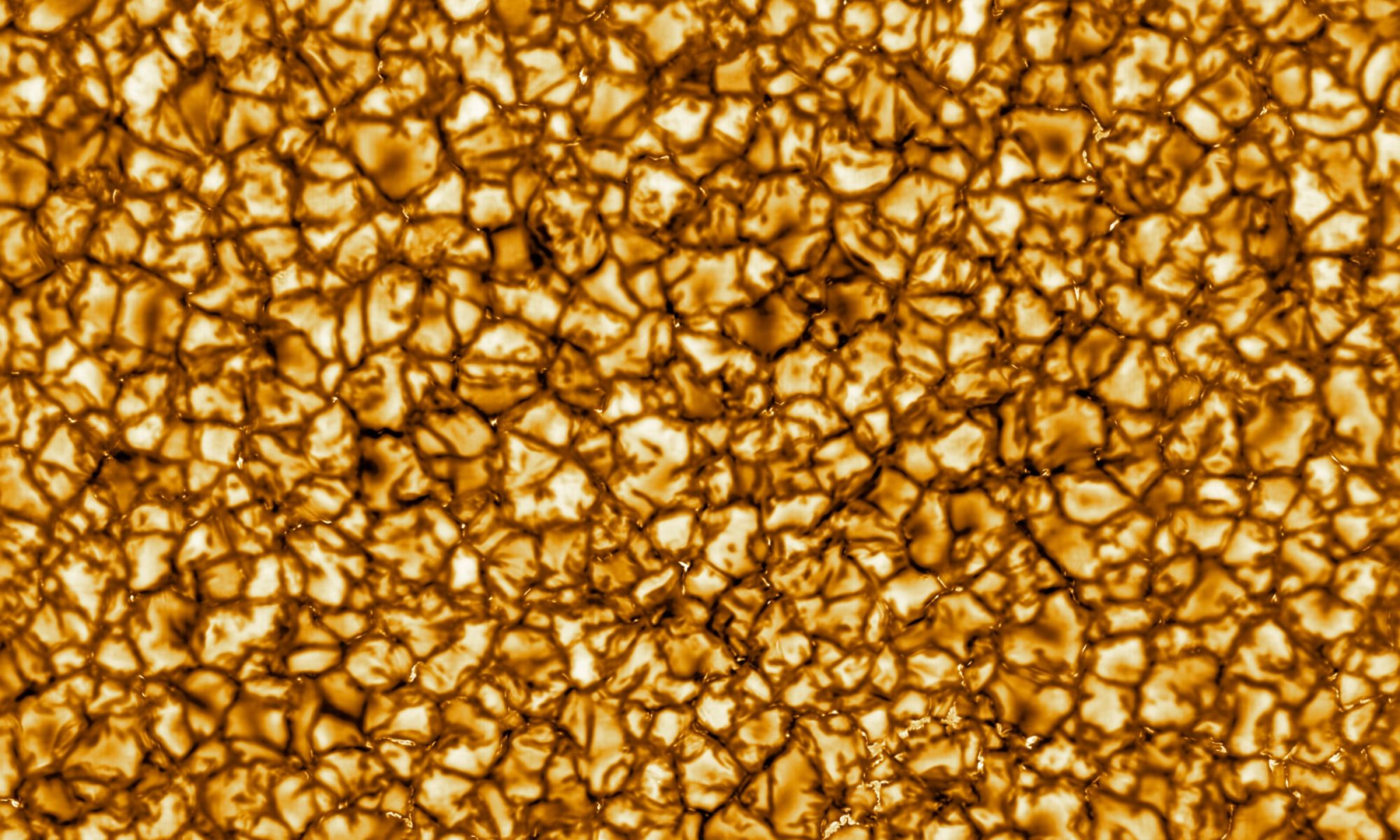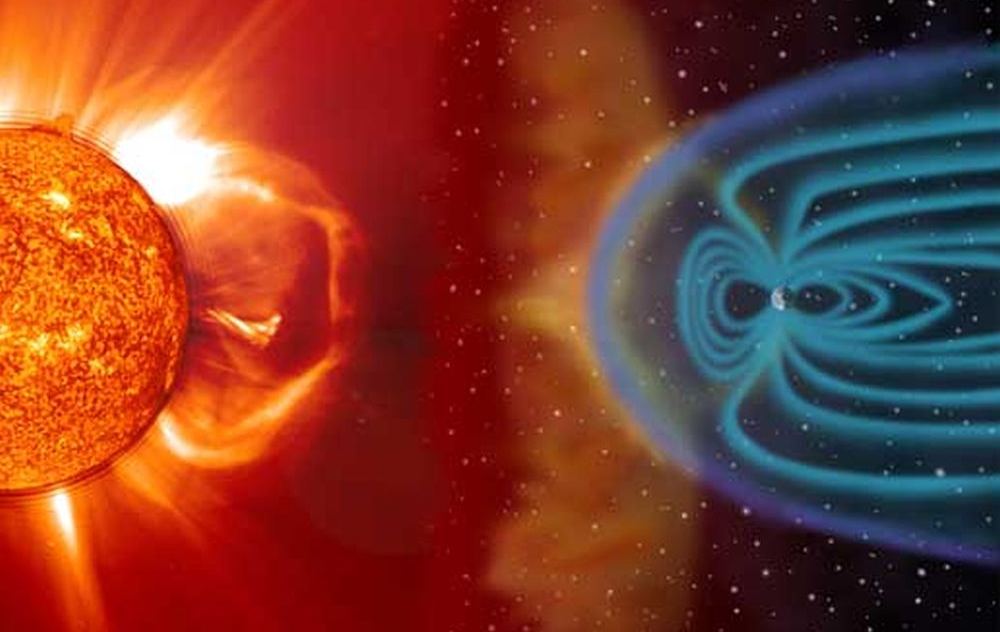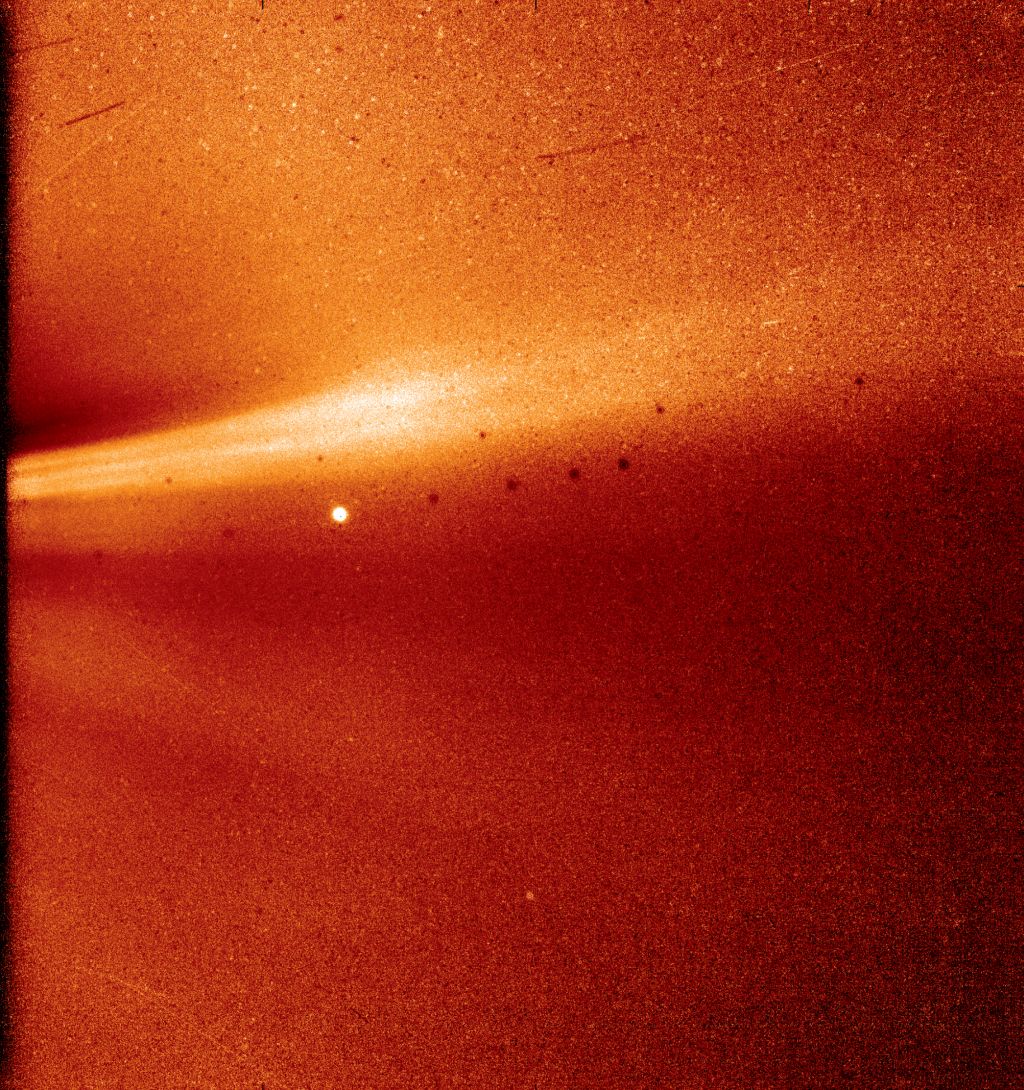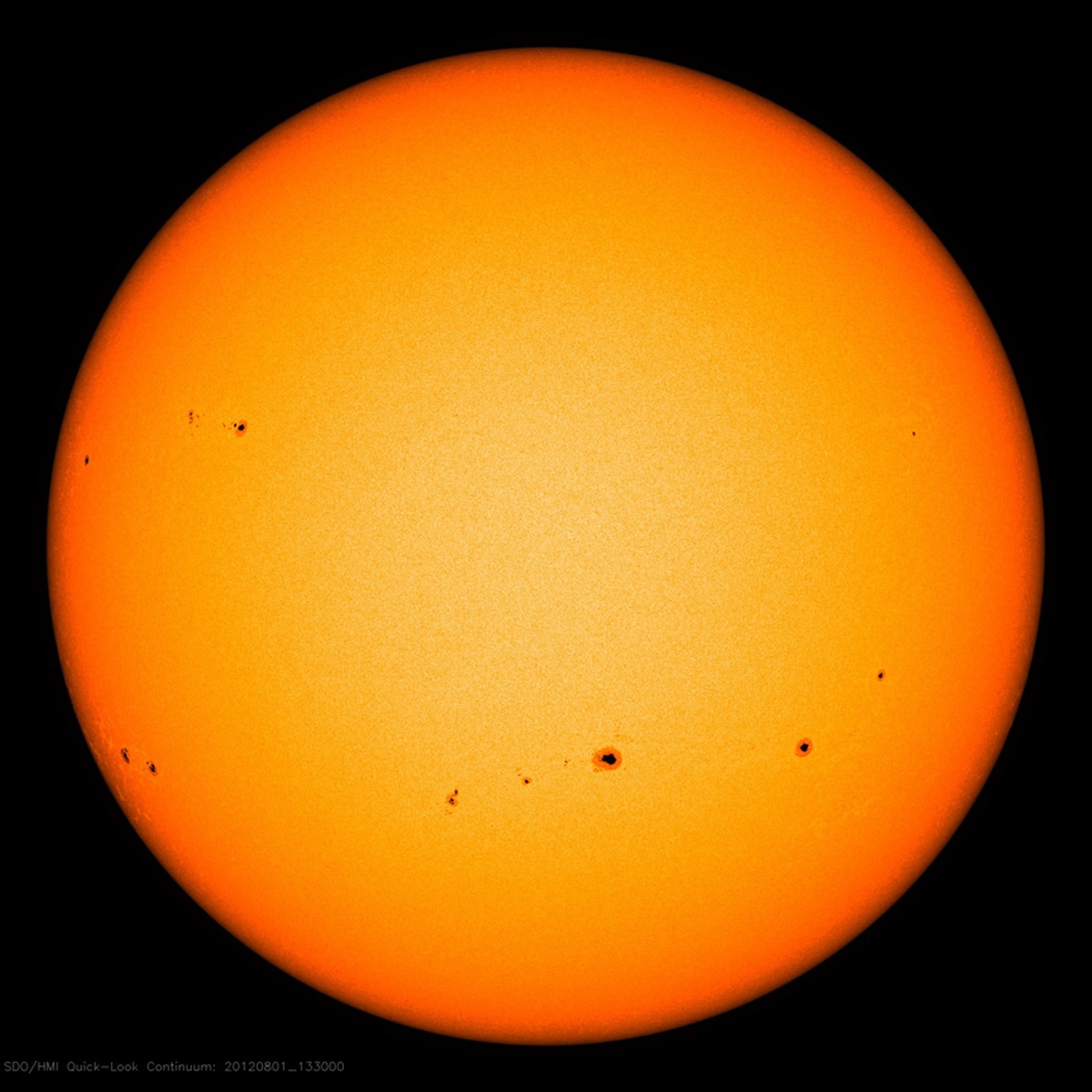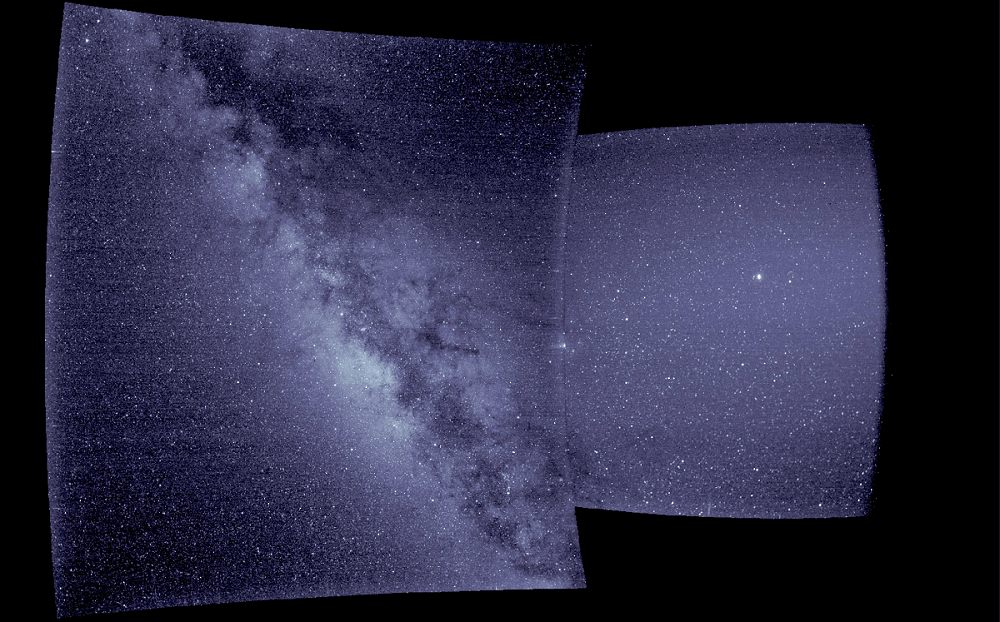Solar storms powerful enough to wreak havoc on electronic equipment strike Earth every 25 years, according to a new study. And less powerful—yet still dangerous—storms occur every three years or so. This conclusion comes from a team of scientists from the the University of Warwick and the British Antarctic Survey.
These powerful storms can disrupt electronic equipment, including communication equipment, aviation equipment, power grids, and satellites.
Continue reading “Destructive Super Solar Storms Hit Us Every 25 Years Or So”

